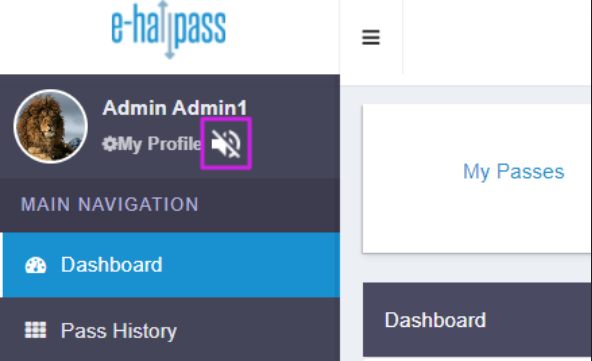Digital Hall Pass System Receives Mixed Reviews

November 1, 2020
Due to the COVID-19 pandemic, Scituate High School shut down on Friday, March 13th, 2020, and transitioned to remote learning for the remainder of the academic year. The high school reopened on Wednesday, September 16th, 2020, with new protocols for both students and staff. In addition to one-way halls, regular desk cleaning, and six-foot distancing, a digital hall pass system, e-hallpass, referred to simply as “ePass” at SHS, is currently being utilized to reduce the spread of germs.
ePass is an electronic system that allows students to leave the classroom without a physical pass from their teacher. Instead, students sign in to the system using their school email, and then they choose their reason for leaving the room. If students need to use the restroom, they indicate which restroom they will use. The system is designed to show which restrooms have availability since only three students are permitted in each restroom at one time. Once they have completed the electronic form, students can leave the classroom for a timed period before the pass expires. Teachers and administrators can monitor student use of this system, and if necessary, the system can be used for contact tracing in the event that someone tests positive for the coronavirus.
SHS students were introduced to the new hall pass system during the first week of school; however, according to a recent poll of 105 students, 82.4% of students are not getting used to the new system, indicating 17.6% of those students who were polled are getting used to it. Many students said they are not comfortable with ePass, saying it’s complicated and confusing. But other students say using ePass is an easy solution to the hall pass system during a pandemic.
When SHS math teacher Phillip Blake was introduced to ePass, he was excited but “a little worried” about the staff being trained on it. Blake has been teaching at the high school for six years. According to Blake, “Some teachers use it to write proxies or as bathroom passes. And some don’t use them at all.” Blake added, “Students are reluctant. They feel it’s a ‘force’ to sign up to use the bathroom.”
Since the system tracks student activity in the halls, one student commented, “It was way too complicated, tracks our every move, which is sketchy, and no one wants to use it.” Another student had a different reaction and said, “I like it because it makes everything really organized, so there aren’t a lot of people in each bathroom at once, which is safer, too.”
This year, students are not leaving the classroom as often as they did before the pandemic. About 88% of students who took the survey do not think the electronic hall pass is effective, and if they had the choice, 91% said they would go back to the pre-pandemic hall pass system, which included carrying a lanyard, paper pass, or physical object when leaving the classroom.
When Blake was asked if digital hall passes were inevitable (even without a pandemic), he responded, “You know, I think there is a lot of potential for technologically like that.”